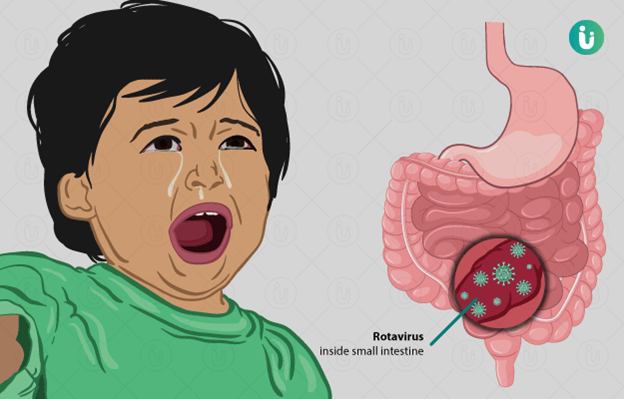As part of the treatment for congestive heart failure, the child takes the diuretic furosemide. As part of teaching home care, the nurse encourages the family to give the child foods such as bananas, oranges, and leafy vegetables. These foods are recommended because they are high in what electrolyte?
Potassium.
Sodium.
Chlorides.
Zinc.
The Correct Answer is A
The correct answer is choice A. Potassium.
Choice A rationale:
Diuretics like furosemide are commonly used to treat congestive heart failure. They work by increasing the excretion of water and electrolytes, including potassium, from the body. Low levels of potassium (hypokalemia) can lead to various complications, including cardiac arrhythmias and muscle weakness. Since furosemide can cause potassium loss, it's important to ensure an adequate intake of potassium-rich foods. Bananas, oranges, and leafy vegetables are excellent sources of potassium. Therefore, the nurse encourages the family to include these foods in the child's diet to help maintain a healthy potassium balance.
Choice B rationale:
Sodium is an important electrolyte, but in the context of congestive heart failure and diuretic use, the focus is more on avoiding excessive sodium intake. Diuretics like furosemide aim to reduce fluid retention by increasing sodium excretion, so it's not necessary to recommend high-sodium foods. Moreover, excessive sodium intake could exacerbate fluid retention and worsen the heart failure.
Choice C rationale:
Chlorides are often found in table salt (sodium chloride) and are not typically emphasized in the context of heart failure treatment or diuretic use. While they play a role in maintaining electrolyte balance, they are not the primary focus in this scenario.
Choice D rationale:
Zinc is a mineral that is not directly related to the treatment of congestive heart failure or the use of diuretics. It is important for various cellular functions and immune system support, but it's not the electrolyte of concern in this situation.
Nursing Test Bank
Naxlex Comprehensive Predictor Exams
Related Questions
Correct Answer is ["A","E"]
Explanation
The correct answers are Choice A: Diabetes mellitus, Choice E: Urinary tract infection (UTI).
Choice A rationale:
Diabetes mellitus. This is one of the correct choices. Diabetes can lead to increased urinary frequency, urgency, and secondary enuresis (bedwetting) due to the impact of elevated blood glucose levels on the kidneys and bladder function.
Choice B rationale:
Hypocalciuria is not directly relevant to evaluating secondary enuresis with dysuria or urgency. Hypocalciuria refers to a lower-than-normal level of calcium in the urine and is not a common cause of urinary symptoms in this context.
Choice C rationale:
Nephrotic syndrome primarily involves the kidneys and is characterized by proteinuria, edema, hypoalbuminemia, and hyperlipidemia. While it can cause changes in urinary patterns, it is not typically associated with dysuria or urgency.
Choice D rationale:
Glomerulonephritis refers to inflammation of the glomeruli, which are the tiny filters in the kidneys. It can lead to hematuria (blood in the urine) and proteinuria, but it is not commonly associated with dysuria or urgency.
Choice E rationale:
Urinary tract infection (UTI). This is one of the correct choices. UTIs can cause symptoms such as dysuria (painful urination), urgency, and frequency. These symptoms are especially relevant in the context of evaluating a child with secondary enuresis.
Correct Answer is A
Explanation
The correct answer is choice A: Rotavirus.
Choice A rationale:
Rotavirus is a viral pathogen that frequently causes acute diarrhea in young children. It is highly contagious and is responsible for a significant portion of severe diarrhea cases worldwide. Rotavirus infections are most common in infants and young children, and they can lead to dehydration, especially in developing countries where access to clean water and proper sanitation might be limited.

Choice B rationale:
Salmonella organisms can cause food poisoning and gastrointestinal infections that lead to diarrhea. However, they are more commonly associated with bacterial infections rather than viral-induced acute diarrhea.
Choice C rationale:
Shigella organisms are also bacterial pathogens that cause diarrhea, specifically bacillary dysentery. While they can cause severe diarrhea, they are not the viral pathogen typically responsible for acute diarrhea in young children.
Choice D rationale:
Giardia organisms are parasites that can cause gastrointestinal infections leading to diarrhea. However, they are not viruses, and they are less commonly associated with acute diarrhea in children compared to rotavirus.
Whether you are a student looking to ace your exams or a practicing nurse seeking to enhance your expertise , our nursing education contents will empower you with the confidence and competence to make a difference in the lives of patients and become a respected leader in the healthcare field.
Visit Naxlex, invest in your future and unlock endless possibilities with our unparalleled nursing education contents today
Report Wrong Answer on the Current Question
Do you disagree with the answer? If yes, what is your expected answer? Explain.
Kindly be descriptive with the issue you are facing.
